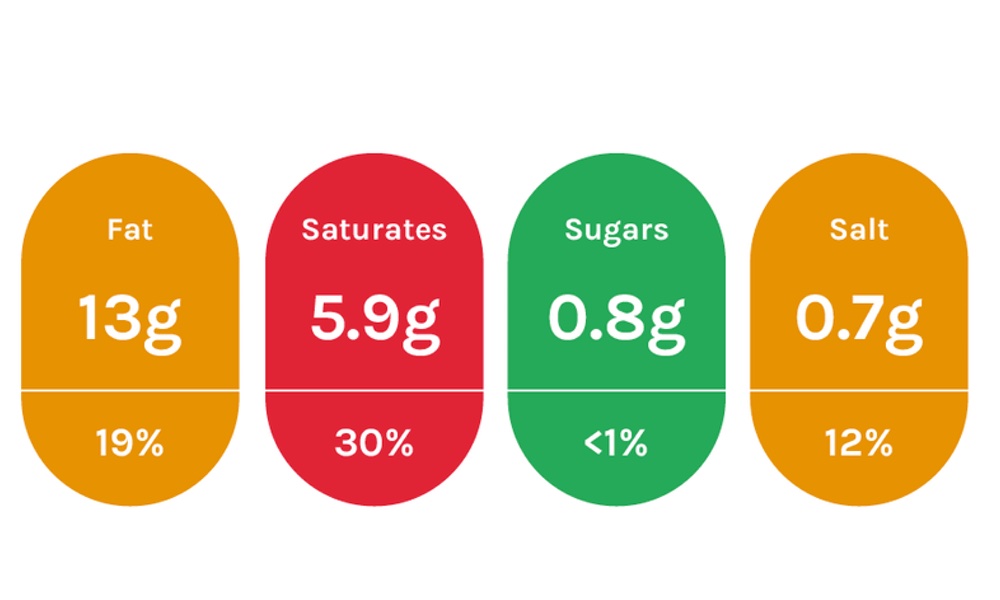Wouldn’t it be convenient if food packages were labeled in such a way that one look would immediately tell you their healthy and unhealthy attributes without having to read the label and decipher all the numbers and ingredients? Red, yellow and green are color codes that everyone can understand.
A new study shows how color-coding systems and warning labels on food packages can help nudge consumers to make healthier food purchases.
Diets consisting of foods and beverages high in salt, sugar and saturated fat are among the top risk factors for premature death and disability. Almost eight million people died worldwide in 2019 from diseases related to dietary risk factors — too much salt, too much sugar, too much saturated fat, not enough whole grains. Helping consumers easily identify and choose healthier foods and drinks could reduce that number and the healthcare burden it represents.
Color-coded and warning labels on the front of food packages have been studied for many years. In some countries such consumer guidance is mandated to help people choose more nutritious foods and warn them about the unhealthy aspects of certain foods. But studies on the impact of such guidance on consumer food choices have had mixed results.Having a speedy way to choose healthy foods at a glance would be a welcome relief to shoppers as they cruise supermarket aisles or websites.
The effects of different types of front-of-package food labeling strategies on consumer behavior were analyzed by researchers at Queen Mary University of London, in the United Kingdom, who reviewed the findings of over 130 studies of food labeling. Two of the systems they studied used color coding on food labels to enlighten consumers; two others used warnings.
All four methods for labeling foods helped encourage people to purchase healthier foods, especially foods with fewer calories and less sodium, fat and saturated fat. Color-coded labels tended to promote healthier food purchases, while warning labels appeared to discourage the purchase of unhealthy foods.
Having a speedy way to choose healthy foods at a glance would be a welcome relief to shoppers as they cruise supermarket aisles or websites. Putting such consumer guidance on the front labels of food packaging would also be a step toward improving public health. Further studies could begin to pinpoint the long-term benefits of such food labeling on consumers’ purchasing behaviors; how they would impact the food industry; and whether similar labeling might result in the reformulation of products by food manufacturers.
The study is published in PLOS Medicine.





